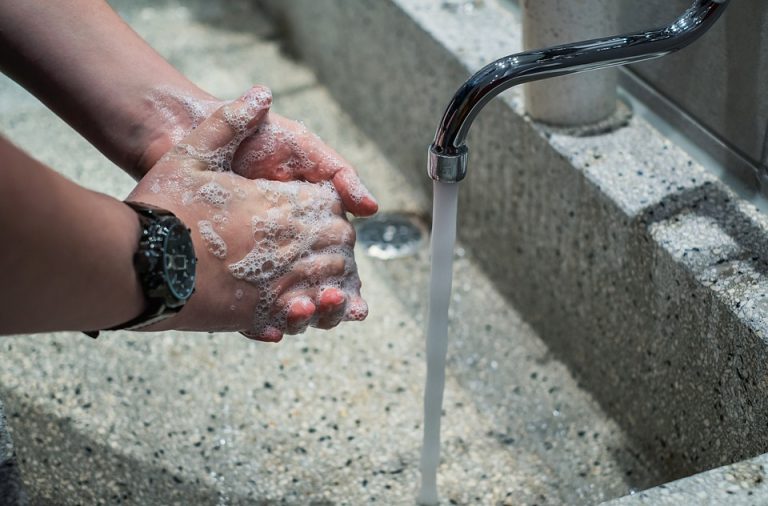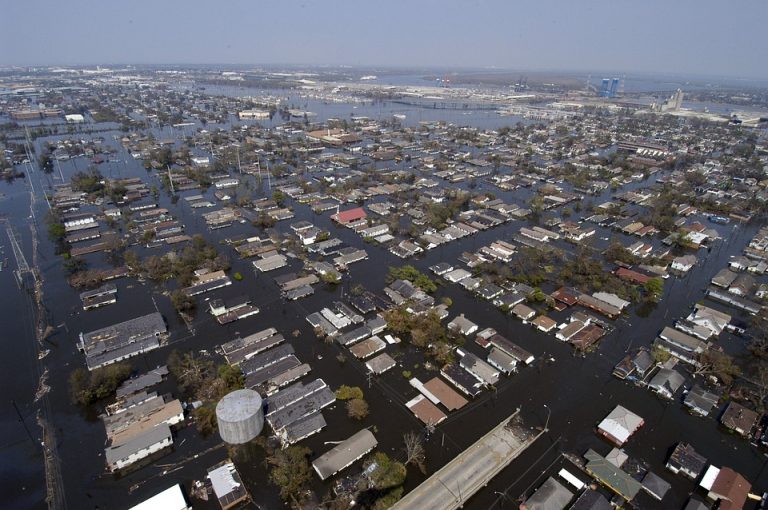
Tornadoes are powerful and unpredictable natural disasters that can strike with little warning. Being prepared can make a significant difference in your safety and that of your loved ones. Here’s what you need to know about how to prepare for a tornado:
Stay Informed: Thunderstorm Watches and Warnings
- Stay tuned to local radio, TV stations, NOAA weather alerts, or your mobile phone for emergency information during thunderstorms.
- Understand the difference between a tornado watch (indicating possible tornado formation) and a tornado warning (indicating an actual tornado sighting or radar indication).
- Consider using a NOAA weather radio with battery backup and tone-alert features for continuous weather updates.
Know Your Local Tornado Warning System
- Familiarize yourself with your county or locality’s tornado warning system.
- Most tornado-prone areas have outdoor sirens. Learn how to distinguish between siren warnings for a watch and a warning.
- Wireless Emergency Alerts (WEAs) are another method to stay informed about weather emergencies.
Identify the safest place to take shelter
1. Basement: The Ultimate Safe Haven
- Basements are generally the safest spot during a tornado. If you have one, head there immediately.
- Why? Basements are underground, providing a protective layer against the tornado’s wrath. While upper parts of the house may suffer damage, basements remain relatively secure.
- Safety Tips for Basements:
- Move to the center of the basement, away from outer walls.
- Create a barrier between yourself and the walls using thick materials (such as mattresses or heavy furniture) to shield against potential projectiles.
- If you live in a tornado-prone area, consider keeping emergency supplies in the basement.
2. Crawl Spaces: A Limited Option
- Crawl spaces are the areas beneath the house, between the ground and the first floor. They’re typically used for access to powerlines or plumbing.
- Safety Considerations for Crawl Spaces:
- While crawl spaces are not ideal, they can be relatively safe during a tornado.
- Stay low and protect your head if you find yourself in a crawl space.
- Remember that crawl spaces are not 100% safe, so prioritize other options if available.
3. Interior Rooms on the Lowest Floor: A Solid Choice
- If you don’t have a basement, seek shelter in interior rooms on the lowest floor of your home.
- Examples of Safe Interior Rooms:
- Bathrooms: Get into the bathtub or cover yourself with a mattress.
- Closets: Hide in a closet away from windows.
- Hallways: Find a central hallway without windows.
- Avoid Windows: Stay clear of any windows to avoid broken glass and flying debris.
Create a Tornado Emergency Plan
- Develop an emergency plan for yourself, your family, and anyone with special needs.
- Practice your plan regularly to ensure everyone knows what to do.
Additional Measures
- Write down important information, including emergency contacts and medical details.
- Store essential documents (such as IDs, insurance papers, and medical records) in a secure location.
- Assemble an emergency supply kit containing food, water, medications, batteries, flashlights, and road maps.
- Reduce household hazards by securing heavy furniture and objects that could become projectiles during a tornado.
Remember, having a well-thought-out emergency plan can significantly enhance your safety during tornadoes.



